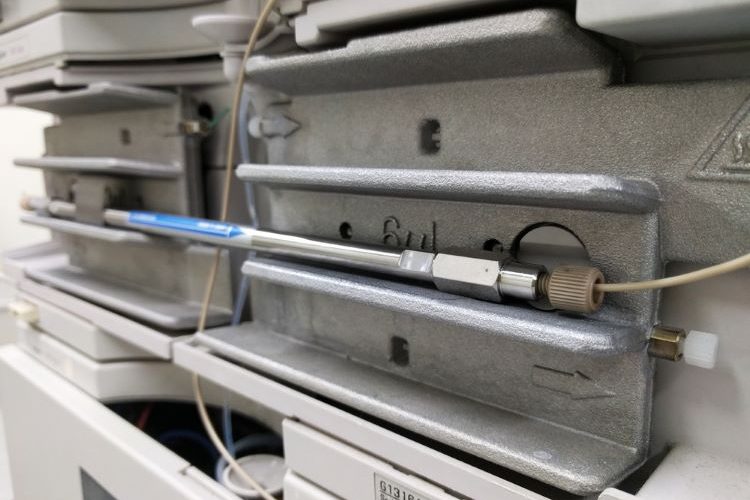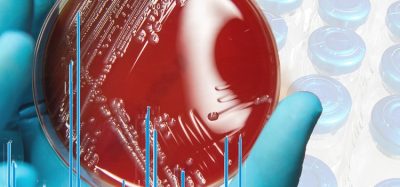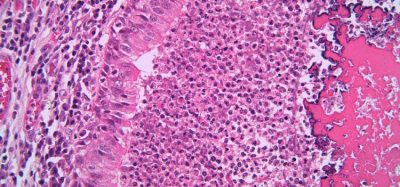Eco HPLC-based method shows promise for Z-alkene synthesis
Posted: 30 July 2024 | Catherine Eckford (European Pharmaceutical Review) | No comments yet
The innovative method, which utilises continuous closed-loop recycling of samples, could lead to a more environmentally-friendly approach to developing pharmaceuticals.


Japanese researchers have developed a new method for photoisomerisation of E-cinnamamides to Z-cinnamamides. The approach uses a recycling photoreactor coupled with a high-performance liquid chromatography (HPLC) system. As organic compounds, many Z-alkenes “cannot be prepared through conventional methods involving thermodynamic methods”. On the other hand, “photoisomerisation can offer good yields”, they noted. A continuous-flow system, “where the photosensitiser was immobilised in an ionic liquid and continuously recycled via a simple phase separation process”, is a notable approach for achieving photoisomerisation of E-to-Z alkenes, Suga et al. stated.
However, current methods for photosensitisers use ionic liquids which are “time-consuming and difficult for application in recycling high-performance liquid chromatography (HPLC) technology”, Suga et al continued.
In their study, the researchers adapted a recycling photoreactor they had developed previously. Professor Hideyo Takahashi, Faculty of Pharmaceutical Sciences, Tokyo University of Science, explained that their original iteration consisted of “a photocatalyst immobilised on a resin, which converts an undesired enantiomer into a racemate, and an HPLC column which separates the desired enantiomer”.
Research approach for the HPLC-based study
[Their approach] not only prevented the leakage of photosensitiser in the solid phase but also enhanced the catalytic activity compared to the parent soluble thioxanthone…[This finding is] particularly interesting, as solid-phase reactions are typically slower than liquid-phase reactions”
To employ this method for E-to-Z photoisomerisation of alkenes, a photosensitiser promoting rapid photoisomerisation is needed, the team shared. They identified thioxanthone as the best option. In the study, thioxanthone, “with functional amide groups as linkages, was immobilised on a modified silica gel”.
The researchers explained that this process “not only prevented the leakage of photosensitiser in the solid phase but also enhanced the catalytic activity compared to the parent soluble thioxanthone”.
This finding is “particularly interesting, as solid-phase reactions are typically slower than liquid-phase reactions”, according to Suga et al.
Professor Takahashi concluded that the recycling photoreactor has potential as an “efficient alternative system to produce Z-alkenes.” It is an environmentally sustainable method due to “the continuous closed-loop recycling of the samples.”
This research paper utilising HPLC technology was published the Journal of Organic Chemistry.
Related topics
Analytical techniques, Chromatography, Data Analysis, HPLC, Industry Insight, QA/QC, Technology, Therapeutics









